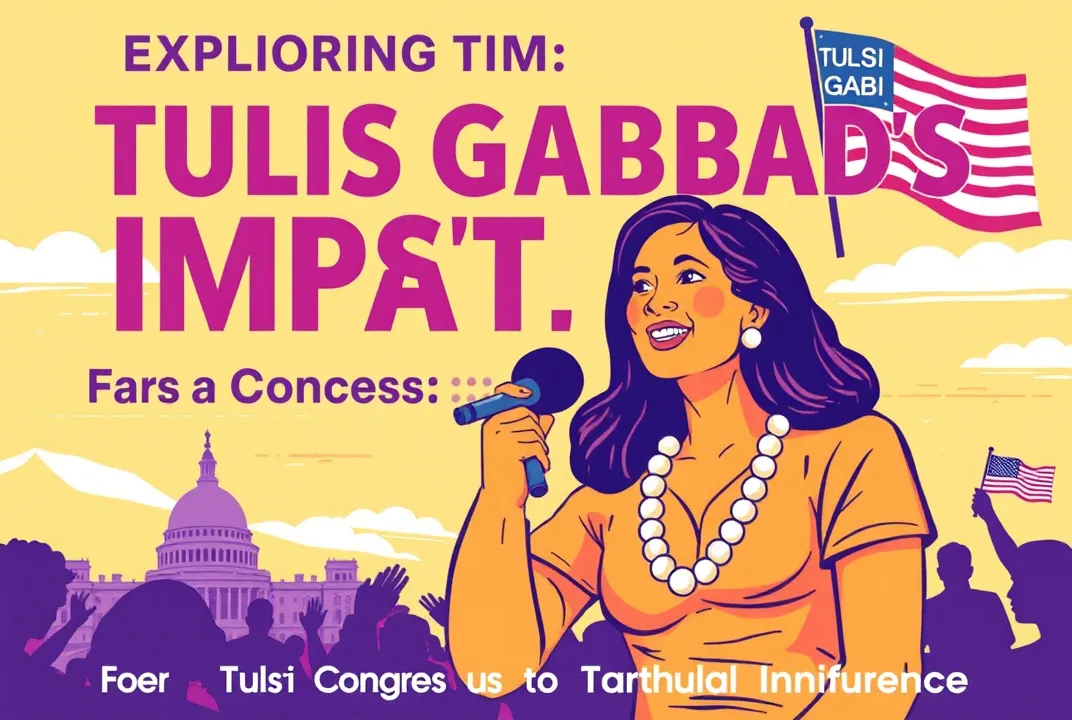Introduction: A Day to Remember
On a chilly February day in 2023, streets across the United States were unusually quiet. Businesses closed their doors, schools hung up "We Are Closed" signs, and the hustle and bustle that typically characterizes urban life was replaced by a palpable silence. This was "A Day Without Immigrants," a nationwide strike aimed at drawing attention to the vital role immigrants play in the fabric of American life. As communities came together to reflect on the contributions of immigrants, the day not only highlighted the challenges they face but also showcased the power of unity in diversity.
The Background: Understanding the Movement
The Historical Context
The origins of "A Day Without Immigrants" can be traced back to the protests of 2006, when more than a million people took to the streets to advocate for immigrant rights. The catalyst for this movement was a bill proposing to criminalize undocumented immigrants, which sparked outrage and mobilized diverse groups from various backgrounds. In recent years, the issue has regained momentum, especially amidst rising anti-immigrant sentiments in political discourse.
The 2023 Strike
In 2023, the movement resurfaced in response to ongoing debates regarding immigration policies, labor rights, and social justice. Activists organized the day of action as a way to emphasize the indispensable role that immigrants play in various sectors, including agriculture, healthcare, and the service industry. The strike was not just a protest; it was a celebration of contributions made by immigrants and a call for systemic change.
Vivid Narratives: Stories from the Ground
The Heart of the Movement
Meet Maria, a 32-year-old mother of two who works tirelessly at a local restaurant. On the day of the strike, Maria decided to stay home. “I want my children to understand why we are doing this,” she said, her voice quivering with emotion. For Maria, the strike was more than just a day off work; it was an opportunity to educate her children about their heritage and the importance of standing up for their rights.
Meanwhile, across town, Ahmed, a recent college graduate and first-generation immigrant, took to social media to share his story. “I’ve always been made to feel like an outsider, but today, I feel like I belong,” he posted, capturing the sentiments of many who feel marginalized despite their contributions to society.
The economic impact
As the day unfolded, businesses across the nation reported significant losses. In cities like Los Angeles and New York, restaurants and stores that relied heavily on immigrant labor faced shutdowns. According to estimates, the strike cost the economy millions, a stark reminder of how intertwined immigrant labor is with everyday American life.
Community Solidarity
Communities rallied together to support the cause. Local organizations provided resources and information about immigrant rights, while many non-immigrant allies stood in solidarity. They took to the streets, holding signs that read, "We Are All Immigrants," and "Unity in Diversity." The visual and emotional impact of these gatherings resonated deeply, reinforcing the message that immigrant rights are human rights.
The Political Landscape: What It Means
Policy Implications
The actions taken on this day echoed in the halls of Congress, where legislators debated the future of immigration reform. Advocates pushed for more humane policies, citing the essential roles immigrants play not only in the economy but also in cultural enrichment. The stark reality of the impact of the strike was a reminder to lawmakers that the electorate is watching, and change is demanded.
Mixed Reactions
Reactions to the strike were mixed. While many praised the movement for its bold stance, others criticized it as counterproductive. Opponents claimed that the absence of workers only highlighted dependency on immigrant labor, rather than advocating for a more inclusive society. Nevertheless, the day prompted conversations that might not have occurred otherwise, shedding light on the complexities surrounding immigration and labor.
Unity in Diversity: A Lasting Impression
The Significance of Solidarity
As the sun set on this day of reflection, the impact of "A Day Without Immigrants" was felt far beyond the immediate effects of closed doors and lost wages. It sparked conversations in households, workplaces, and universities about the role of immigrants and the importance of their contributions. It served as a reminder that diversity enriches communities, fostering innovation and resilience.
Moving Forward
The challenge now lies in translating the energy of that day into sustained action. Continued advocacy, community engagement, and policy reform are essential to ensure that the voices of immigrants are heard and respected. It’s a call for unity—not just within immigrant communities, but across all segments of society.
Conclusion: A Call to Action
"A Day Without Immigrants" was not merely a fleeting moment; it was a poignant reminder of the strength found in diversity and the imperative for equitable treatment for all individuals. As we reflect on that day, let it serve as a catalyst for change, urging us to support immigrant rights and acknowledge their invaluable contributions.
In a world that often seeks to divide us, let us remember that our differences are what make us stronger. It’s time to embrace unity in diversity, standing together to pave the way for a more inclusive future for all.


 Pete Hegseth: The Voice of Conservatism in Modern Media
Pete Hegseth: The Voice of Conservatism in Modern Media
 Exploring the Impact of RFK Confirmation: What It Means for the Future
Exploring the Impact of RFK Confirmation: What It Means for the Future
 Unlocking Wealth: How Sovereign Wealth Funds Shape Global Economies
Unlocking Wealth: How Sovereign Wealth Funds Shape Global Economies
 Exploring Tulsi Gabbard's Impact: From Congress to Cultural Influence
Exploring Tulsi Gabbard's Impact: From Congress to Cultural Influence